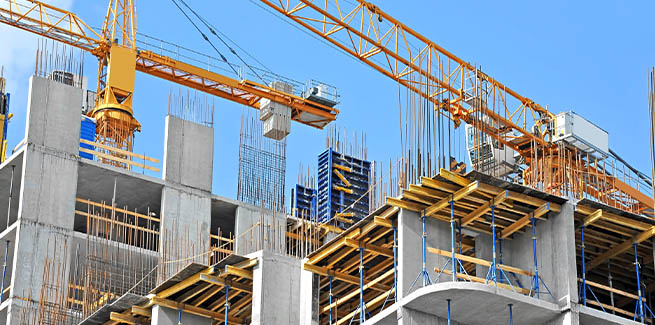The Housing Industry Association (HIA) has released its quarterly economic and industry outlook report for April-June 2019, predicting that building commencements will stabilise this year at 20 per cent below the 2016 peak of 221,801 commencements.
“The easing of wider economic and housing market conditions has given rise to a situation where monetary and fiscal stimulus is possible, without fear of overheating house prices,” HIA chief economist Tim Reardon said.
“If economic activity improves, the credit squeeze dissipates, home prices stabilise, and the recent stimulus measures take hold, the supply of new work into the pipeline will soon reach its low point.”
Mr Reardon continued: “All indications are that this stabilisation will occur and prevent a more significant downturn. This will set a new market equilibrium where the supply of new homes meets, rather than exceeds, demographic growth requirements.”
The HIA chief economist said the new equilibrium will see around 180,000 new homes get built each year, as opposed to the 200,000-plus that have been built each year since 2014.
While demand for new detached homes appears to have held up well compared to apartments, with detached home commencements declining only by 9 per cent over the year, compared to 41.8 per cent year on year for apartments, Mr Reardon said this is due to the “lag between the sale and commencement of construction of the houses”.
He added that he expects the number of apartments under construction to continue on its downward slide as more projects are completed and fewer new projects enter the construction pipeline.
“We no longer have a boom in east-coast capital cities and stagnating markets elsewhere,” he said.
According to Mr Reardon, the “silver lining” to the decline is that there is a “convergence of conditions underway in the building industry”, such as lower interest rates and income taxes, as well as easing lending restrictions.
“Government investment in infrastructure is also important to support labour market growth,” the HIA chief economist said.
“These measures are now supporting activity in housing markets across the economy.”
The HIA expects detached house commencements to contract by 7.6 per cent in the 2020 financial year, particularly in the first six months, and remain stable for the following two years.
Meanwhile, a further 12 per cent decline is predicted in multi-unit commencements in FY2020, before improving in the following year.
[Related: Almost a quarter of home owners mulling an upsize]
 ;
;
